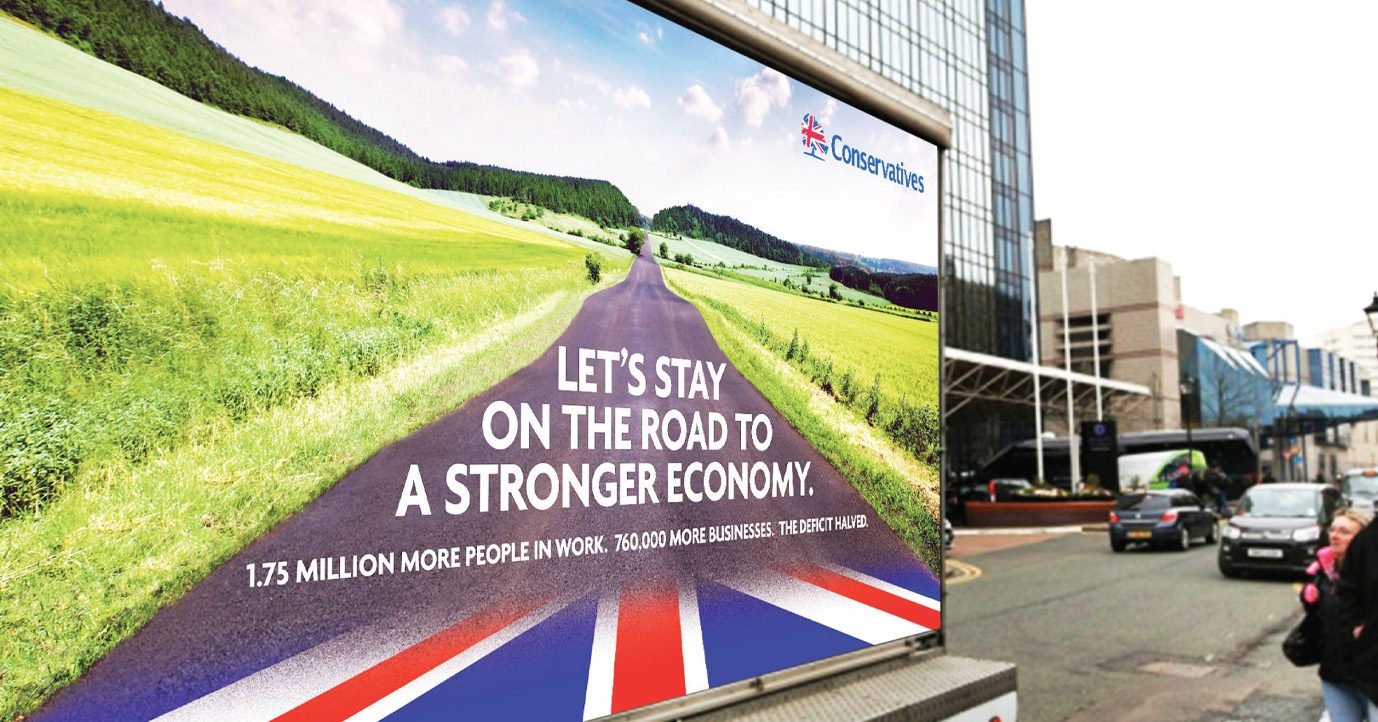
In previous rounds of battleground research I have looked at the twelve most marginal Conservative-held seats with Labour in second place, and the twelve Labour-held seats with the smallest majorities over the Tories. Last month I re-surveyed the Conservative seats, many of which look competitive despite the overall swing to Labour.
The same could not be said of most of the Labour territory included in the first round, where I found Labour leads of up to 21 points. In my latest round of battleground polling I have therefore concentrated on the four Tory targets in which I found the smallest leads in the spring: Birmingham Edgbaston, Bolton West, Hampstead & Kilburn and Southampton Itchen.
Instead of returning to constituencies where Labour were comfortable I have looked at the wider battleground – the second tier of Labour targets with bigger Conservative majorities: Bedford, Carlisle, Dewsbury, Lincoln, Plymouth Sutton & Devonport, Stroud, Warrington South and Weaver Vale.
First, the Labour seats. In three of the four constituencies the swing to Labour was at least as big as was the case in the spring, with leads of between 13 points and 19 points. Only Southampton Itchen had gone in the other direction, with a half-point swing to the Conservatives since 2010 resulting in a tie (Labour and the Tories each on 34%). This could point to a very tight race in the city, where the local council elections in May were very closely fought. However, part of the explanation could also lie in the city’s curious demographics, which include an unusually high proportion of students (most of whom will have been at home elsewhere for the summer vacation) and academics (most of whom will have been in Tuscany. Or Cuba.) We will see in future rounds of research whether Itchen stays on a knife-edge or reverts to the general pattern.
In these four seats there has been no change in economic outlook since the spring. Just under two thirds (63%) expect the economy to do well for themselves and their families over the next year.
The proportions saying they are satisfied with David Cameron as Prime Minister (30%) and that they would prefer to see Ed Miliband in Downing Street (33%) are both up by two points since these seats were last surveyed; the proportion saying they don’t know who they prefer has fallen accordingly. Only two thirds of Labour voters say they would rather see their leader in charge than Cameron.
In the eight Conservative-held seats in this round, which the Tories won in 2010 with majorities of up to 3 per cent, there was little good news for the incumbents. Here I found Labour leads of between 4 points (Lincoln) and 13 points (Plymouth Sutton & Devonport), and swings of between 3.5 per cent and 7.5 per cent. The overall swing to Labour across the eight seats was 6.5per cent – comparable to the seats with smaller Conservative majorities I have previously surveyed.
Just under seven in ten 2010 Conservative voters said they currently intended support the party again at the next election. Former Tories were nearly twice as likely to say they would now vote UKIP (17% of 2010 Conservative voters) as Labour (9%); one in ten 2010 Labour voters also said they would vote UKIP. Among those who voted Liberal Democrat at the last election, only just over a quarter of those naming a party (27%) said they would vote Lib Dem again. Just under a third (32%) said they would switch to Labour and 12% said they would support UKIP.
Two fifths (41%) of Conservative defectors to UKIP ruled out going back to the Tories, and 59% of Lib Dem switchers to Labour said they would not go back to their previous party. Overall 42% of those who voted Lib Dem in 2010 said they would definitely not do so again at the next election. Fewer than one in ten of all voters in these seats (9%) said they were potentially open to voting for any of the four parties.
In this set of seats there is no consistent pattern in the difference between the standard voting intention question (“if there were a general election tomorrow, which party would you vote for?”) and the local one (“thinking specifically about your own constituency and the candidates who are likely to stand there, which party’s candidate do you think you will vote for?”). In three of the eight seats Labour had a smaller lead on the second question, in three it had a bigger lead and in one there was no change. In only two seats was the change statistically significant, both in Labour’s favour: Stroud, where Labour have a high-profile candidate in David Drew, the former MP; and Warrington South, where the constituency question produced a boost for the Lib Dems consistent with the fact that it was at the last election almost a three-way marginal. The same applies to a slightly lesser extent in Bedford.
Despite the 10-point Labour lead in voting intention the majority of voters in these seats said either that they were satisfied with David Cameron’s performance as Prime Minister (29%) or that they were dissatisfied but would rather he were PM than Ed Miliband (29%). Only 31% – including, as in the Labour-held seats, just two thirds of Labour voters – said they would rather see Miliband in Number 10. Nine out of ten Conservative switchers to UKIP, and 94% of those switching from the Lib Dems to the Tories, said they preferred Cameron to the alternative.
As in other marginal seats, a small majority of voters said they were optimistic about the economy over the next year, though slightly more so for themselves than for the country as a whole. UKIP voters were the only group in which people were more likely to say they expected the economy to do badly (51%) than well (47%).
When it comes to campaign activity on the ground, the main parties are closely matched. But the most striking thing about the figures is how few say they have heard from any of the parties. Only 16% say they have had literature, direct mail, visits or telephone calls in the last few weeks from the Tories, the same as from Labour. This compares to 21% saying they have heard from both parties in the four Labour-held seats. These are very low numbers in what should be fierce contests.
As for the outcome of the next election, 36% of voters in the Tory seats said they would like to see a Labour government, and 27% a Conservative government. One fifth said they would like a coalition, either between the Conservatives and Lib Dems (10%) or Labour and the Lib Dems (11%). Lib Dem voters themselves were divided as to whether they wanted a coalition with Labour (41%) or the Tories (41%). 82% of both Labour and Conservative voters said they wanted their own party to govern alone; around one in seven of each party’s voters would rather see them in coalition with the Lib Dems.


